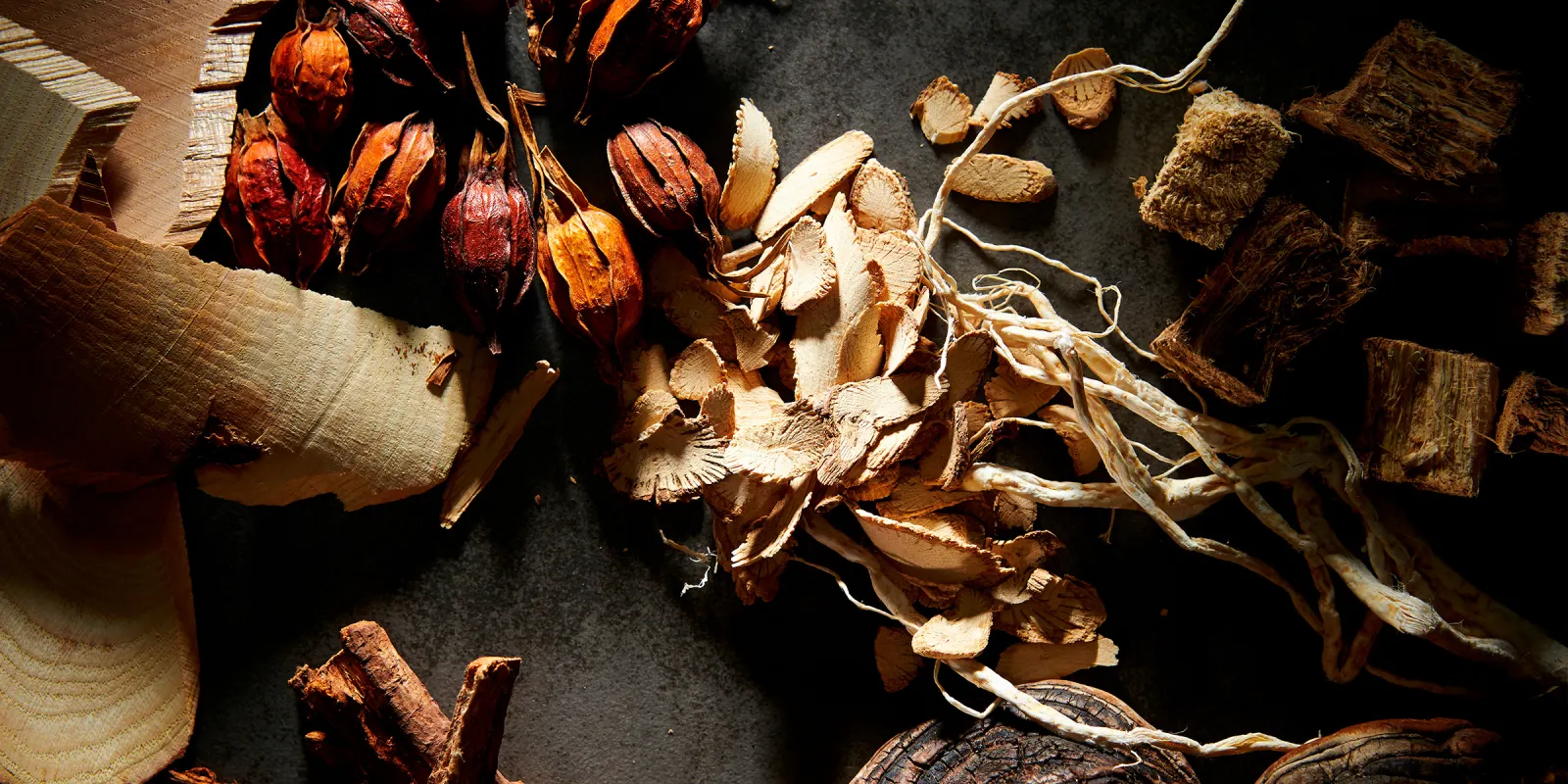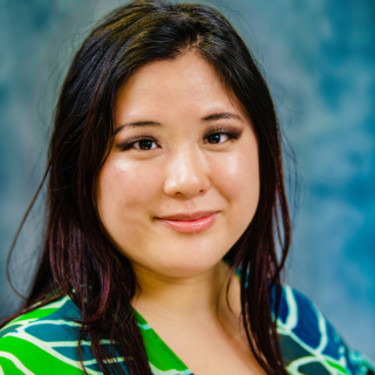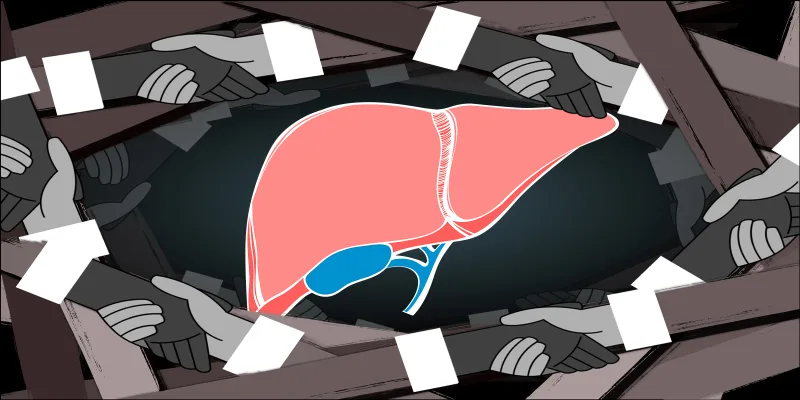When I was a child, I used to snoop in the pantry of my grandparents, where I would find bags upon bags of mystery ingredients. As an adult, I now know the ingredients to be goji berries and white fungus. My grandmother was an endocrinologist and my grandfather was an infectious disease physician who practiced what we view as conventional Western medicine. But so integral in daily living in China, where my grandparents were from, was the almost inherent knowledge of traditional Chinese medicine.
These days, the field of traditional Chinese medicine is growing, and more interest is seen in the public and on social media. As a geriatrician, I often have patients ask me my thoughts about these ingredients and voice appreciation that I am not dismissive. Some of these patients, both those originating from eastern Asia and those not, tout the benefits of ginseng in particular, which they incorporate into their diets. Given that my patient panel consists of purely older adults, I am sure the prospect of an herb facilitating memory quality sounds appealing.
The Chinatown in my city, New York City, is full of healing herbs. There is an art to navigating the crowded shop that is the herbal pharmacy. Move too quickly and the towers of tightly stacked jujubes may come tumbling down. These places are full of niche products like dried seahorses (believed to help in arthritis, infertility, baldness, and asthma) and deer horn velvet (sought for its qualities of longevity and strengthening). However, other medicinal products, such as crystallized ginger, ginkgo nuts, and dandelion tea are often found even in the more general Chinatown grocery stores.
The last time I went into an herbal pharmacy, I was surprised to find patrons of all cultures. Some were curiously wandering through the aisles, while others had a genuine interest in purchasing goji berries for health. The most popular and notable item in the store was ginseng — a root that crosses cultures and has made it into the mainstream. Known for its ability to help ease sickness and stress in Chinese culture, ginseng also dates back hundreds of years within the Appalachian culture, as it is native to the area. In fact, there are extensive protections that prohibit harvesting the plant before five years of growth. The respect given to the sustainability and medicinal quality of this plant leads to the premium price it commands.
As I did my shopping, I looked on as both Eastern and Western visitors conversed curiously with the shopkeeper’s wife. Though her English was limited, she spoke with such gusto and pride. Watching my culture be embraced, I too felt a sense of joy. To see the patience and embrace on both sides was heartwarming. (It also reminded me that my arms were tired, and it was time to check out. Cash only please!)
As I made my way to the counter, I asked the shop owner what would make a good present for my grandmother. He directed me to the familiar white fungus, good for the lungs, and goji berries. Stewed into porridge or served with red dates, these ingredients provide the foundation for a hearty and healing meal. I decided to buy both, as well as some ginkgo nuts for my aunt to make into a slurry for my grandmother.
When I arrived at my grandmother’s home with the purchases, I could sense a peace within her. Whether it was the nostalgia of her childhood or the innate benefit of these remedies, I’m not sure, but I was glad to bring them to her nonetheless. My grandmother has been diagnosed with Alzheimer’s dementia, and as a geriatric clinician and her granddaughter, I feel a sense of responsibility to set up an environment that brings her, and my patients like her, the greatest comfort and joy.
I can’t say for sure whether the healing nature of such traditional ingredients is inherent, comes from the warmth emanating from the food, or is the product of simple nostalgia. What I do know is that I revel in the stories my patients tell. An enthusiasm and pride of sharing they had tried red bean porridge or inquiring whether I had tried ginseng before. I hope my patients feel as though they have a safe space to share their cultural knowledge — and to help me grow mine.
Indeed, when patients tell me about their cultural healing products (e.g., bush tea from my Caribbean patients; ashwagandha tea from my Indian and African patients), I make it a point to seek these out in specialty shops. I want to see and physically feel what my patients have shared about — it helps me get to know them better and gives us a shared context.
I don’t use such ingredients much myself, but that doesn’t stop me from going to these pharmacies and specialty shops. In the case of my grandmother, I’m happy to do it. She is slowly slipping away, but when I bring her her medicines, she smiles brightly. She doesn’t say much anymore, but she doesn’t have to — a smile will do. I will continue to haul her bags of goji berries just to glimpse her radiant smile again.
Do your patients ever bring up traditional healing products? Share how you respond in the comments!
Dr. Helen Chen is an integrated Geriatrics and Hospice and Palliative Care Fellow in New York City. She is a food lover and is always on the look out for the best bahn mi, falafel, and tacos (although is allergic to red onion and avocado!). Her instagram is @gouda_vs_evoo. Dr. Chen is a 2023–2024 Doximity Op-Med Fellow.
Image by mnimage / Shutterstock







